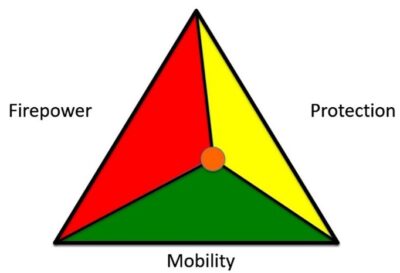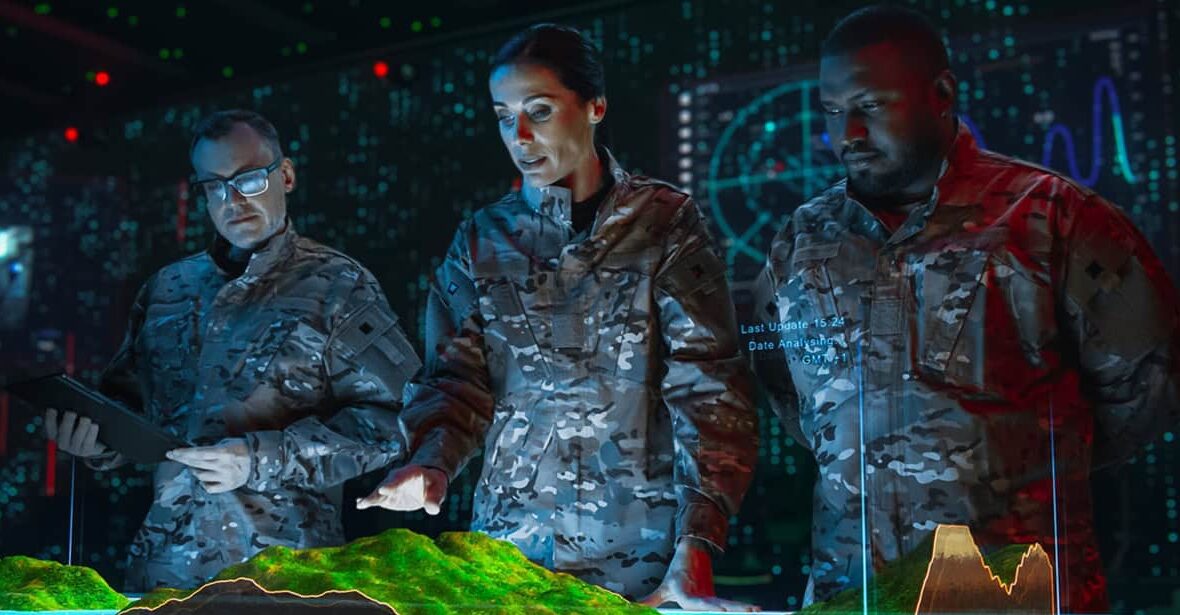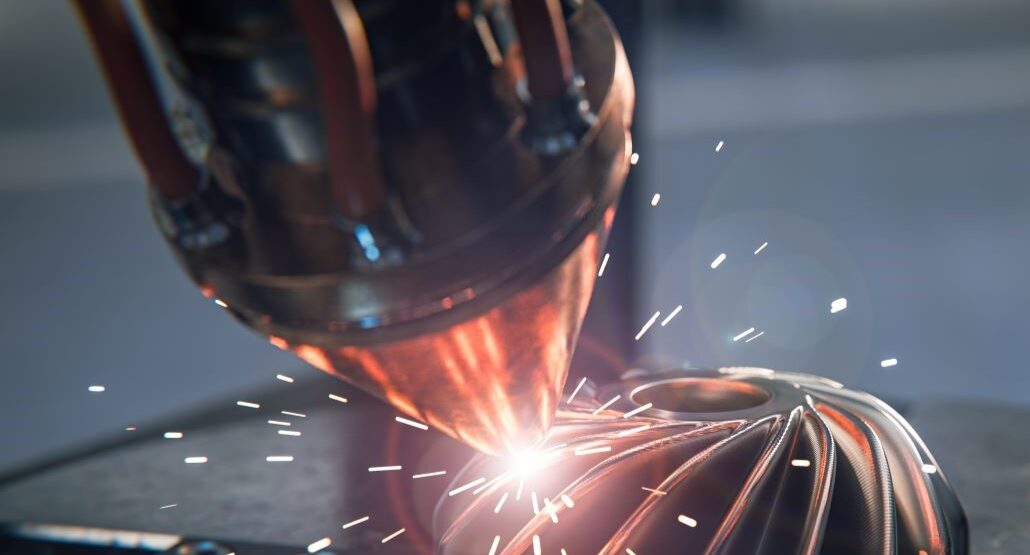The Iron Triangle’s Competing Demands – Protection, Mobility, and Firepower!
When it comes to military vehicle design, there’s no such thing as a perfect solution—only trade-offs. Every tank, armored personnel carrier, or amphibious vehicle is a delicate balancing act between three key factors: Protection, Mobility, and Firepower. This concept, known as the Iron Triangle, defines the tough decisions engineers and capability staff face when developing vehicles for modern defense forces.

Figure 1. The Iron Triangle
So, how do you design a vehicle that can withstand attacks, move swiftly across diverse and challenging terrains, whilst still packing a punch?
Protection: How Much Armor is Enough?
A military vehicle needs to survive the battlefield, but adding armor isn’t as simple as slapping on extra steel. More protection means more weight, which directly impacts mobility. Too much armor, and your vehicle becomes sluggish, struggling to maneuver through rough terrain or keep up with fast-moving operations.
Modern military designers have turned to composite materials, active protection systems, and modular armor to enhance survivability without overloading the vehicle. But this begs the question: At what point does added protection start to hurt more than it helps?
Mobility: Speed vs. Survivability
A heavily armored vehicle isn’t much use if it can’t reach the battlefield in time. Mobility is about speed and maneuverability, ensuring vehicles can traverse rough terrain, cross rivers, and keep up with advancing forces. And let’s not forget that the vehicle crew need to get to the point of action fit-to-fight without being shaken to bits.
But mobility isn’t just about moving quickly – it’s also about strategic advantage. A well-designed vehicle can outmaneuver threats, reposition rapidly, and avoid danger altogether. However, increasing mobility often means cutting back on armor or weaponry. Would you trade heavier protection for the ability to move faster and avoid danger altogether?
Firepower: Can You Hit Hard Enough?
Firepower is what makes a military vehicle a threat, not just a target. From machine guns to canons to missile systems, the right firepower can define a vehicle’s role on the battlefield. But there’s a catch—bigger guns mean more weight, more recoil, and often, more space requirements.
A light, fast vehicle with a high-powered weapon might seem ideal, but it could also mean sacrificing armor or fuel efficiency. Is it better to have a heavily armed vehicle that’s slow and well-protected or a fast-moving, lightly armed recon vehicle that can strike and retreat?
No Easy Answers – Just Smart Compromises
The Iron Triangle means there are no perfect military vehicles, only carefully considered trade-offs. Every decision—more armor, bigger weapons, faster movement—comes with a cost. That’s why military engineers, capability developers, and senior decision makers must constantly analyze battlefield needs, emerging technologies, and mission objectives to find the right balance.
If this balancing act fascinates you, our upcoming Military Vehicle Technology & Mobility course will give you a deep dive into the science behind military vehicle design. From real-world case studies to hands-on tutorials, you’ll explore how top defense experts tackle these challenges in modern warfare.
Want to learn more? Join us from February 24-28, 2025, in Melbourne, Australia.
About the Author
Daniel Eggler, BE (Hons), PhD.
Dr Daniel Eggler has over 9 years’ experience delivering educational excellence in the field of mechanical engineering.
In his previous role, Daniel was a highly accomplished Lecturer at the School of Mechanical and Manufacturing Engineering at the University of New South Wales (UNSW). He was the School’s most senior mechanical design lecturer and led the revision of the School’s design curriculum. Keen to ensure theory met practice, he was also the lead academic of the SunSwift Solar Car program at UNSW. In recognition of his exemplary service, Daniel was awarded the UNSW Faculty of Engineering – Educational Excellence & Innovation award in 2019 and 2020.
Daniel brings across his considerable educational and instructional expertise into his current role as the Director of Education and Training at the Eggler Institute of Technology. He is incredibly passionate about delivering superior learning experiences to industry professionals across all specialist technical sectors, particularly Defense. He is deeply committed to redefining the impact of technical education, synergizing innovative software and evidence-based teaching methods to empower all who undertake studies with EIT.
Daniel graduated from UNSW with first class honors in Mechanical Engineering. He went on to complete his doctorate in Mechanical Engineering, specializing in acoustics, vibration, vibro-acoustics and active noise control, cloaking and illusions.



